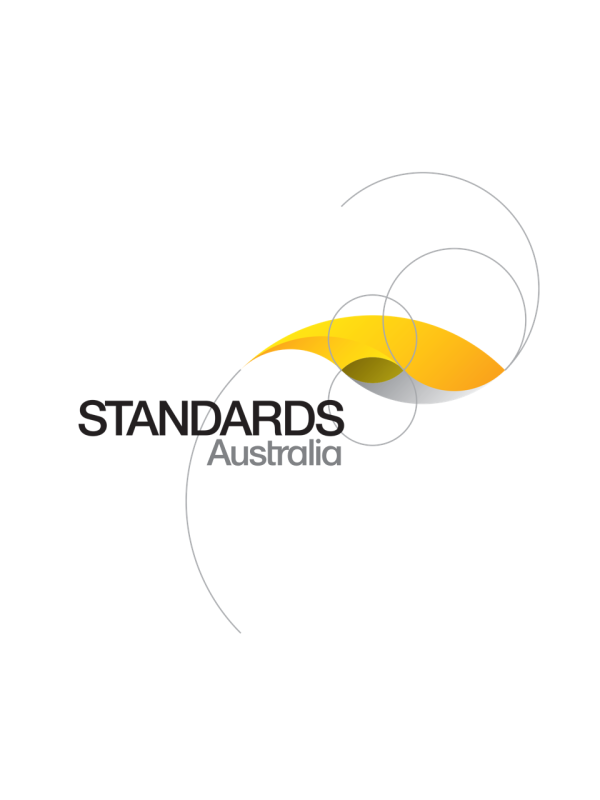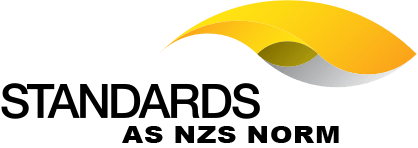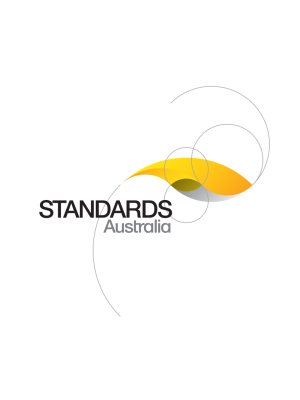Header
About this publication
Preface
1 Scope and general
1.1 Scope
1.2 Normative references
1.3 Definitions
1.4 Marking
2 Materials
2.1 Concrete Materials
2.1.1 Cement
2.1.2 Supplementary cementitious materials
2.1.3 Aggregates
2.1.4 Water
2.1.5 Admixtures
2.1.6 Restriction on chemical content
2.2 Reinforcement
2.3 Joint materials
3 Details, workmanship and finish
3.1 Details
3.1.1 General
3.1.2 Classification
3.1.3 Access limitation
3.2 Dimensions
3.2.1 General
3.2.2 Internal diameter of shafts
3.2.3 Access cover clear opening
3.3 Measurement of dimensions
3.3.1 Internal diameter of shaft
3.3.2 Wall thickness
3.3.3 Effective height
3.3.4 Access cover thickness
3.4 Tolerances
3.5 Straightness
3.6 Squareness of ends
3.7 Workmanship and finish
3.7.1 Joints
3.7.2 Reinforcement
3.7.2.1 General
3.7.2.2 Fabrication
3.7.2.3 Splicing
3.7.3 Cover
3.7.4 Unreinforced access chamber components
3.7.5 Classification of defects
3.7.5.1 Reinforced components
3.7.5.2 Defect types
3.7.5.3 Acceptability of defects
3.7.5.4 Unreinforced components
3.7.5.5 Finishing and repairs
3.8 Handling and storage
3.8.1 General
3.8.2 Lifting elements
4 Step irons and ladders
4.1 Step irons
4.2 Fixed ladders
4.3 Performance testing of step irons and ladders
4.4 Materials
4.5 Step-up and step-down limitations
4.5.1 Step-up
4.5.2 Step-down
5 Access covers and frames
5.1 General
5.1.1 Classification
5.1.2 Lifting keyholes
5.2 Surface tolerance and clearance
5.2.1 Surface tolerance
5.2.2 Clearance gaps
5.3 Surface finish
6 Sampling and testing of access chamber components
6.1 General
6.1.1 Facilities for sampling and testing
6.1.2 Testing procedures
6.1.3 Required tests
6.2 Type testing
6.2.1 General
6.2.2 Manufacture
6.2.3 Test specimens
6.2.4 Type test requirements
6.2.4.1 Ultimate load
6.2.4.2 Proof load
6.2.4.3 Cover
6.2.4.4 Water absorption
6.2.4.5 Hydrostatic testing of shafts
6.2.4.6 Hydrostatic testing of joints
6.2.4.7 Dimensional accuracy
6.2.4.8 Step iron and ladder requirements
6.3 Routine testing requirements
6.3.1 General
6.3.2 Sampling
6.3.3 Testing
Appendix A
A1 Scope
A2 Statistical sampling
A3 Product certification
A4 Supplier’s quality system
A5 Other means of assessment
A5.1 General
A5.2 Proof load testing
A5.3 Cover testing
A5.4 Water absorption testing
A5.5 Hydrostatic test of shaft
A5.6 Hydrostatic test of joint
A5.7 Dimensional accuracy
A5.8 Step irons and ladders
Appendix B
B1 General
B2 Information to be supplied by the purchaser
B3 Information to be supplied by the manufacturer
Appendix C
C1 Scope
C2 Application
C3 Apparatus
C3.1 Timber bearing blocks
C3.2 Standard feeler gauges
C3.3 Load testing equipment
C4 Condition of test specimens
C5 Positioning of test specimens
C5.1 General
C5.2 Access covers and frames
C5.3 Squat cones, straight-back tapers and conversion slabs
C5.4 Shaft sections and precast bases
C5.5 Positioning of bearer blocks
C6 Procedure
C6.1 Application of test loads
C6.2 Proof load test
C6.3 Ultimate load test
C7 Selection and measurement of crack width
C8 Report
Appendix D
D1 Scope and general
D2 Principle
D3 Apparatus
D3.1 Cutting tools
D3.2 Cover meter
D4 Condition of sample component
D5 Test procedure
D5.1 Direct method
D5.1.1 Location of chases
D5.1.2 Procedure
D5.2 Indirect method
D5.2.1 Calibration of meter
D5.2.2 Procedure
D6 Records
D6.1 General
D6.2 Records
Appendix E
E1 Scope
E2 Principle
E3 Apparatus
E3.1 Drying oven
E3.2 Balance
E3.3 Desiccator
E3.4 Urn
E3.5 Ancillary items—required as follows:
E4 Condition of sample components
E5 Preparation of test specimen
E6 Test procedures
E6.1 General
E6.2 Procedures
E6.2.1 Determination of dry mass (M2)
E6.2.2 Immersion procedure
E6.2.3 Determination of saturated surface-dry mass (M1)
E7 Calculations
E8 Records and reports
E8.1 General
E8.2 Records
Appendix F
F1 Scope
F2 Apparatus
F2.1 Pressurizing equipment
F2.2 End caps
F2.3 Pressure indicator
F3 Sample preparation
F3.1 General
F3.2 Positioning of shaft and end caps
F3.3 Preparations for testing
F4 Test procedure
F4.1 The test shall be carried out as follows:
F4.2 Failure of shaft section
F5 Records
Appendix G
G1 Scope
G2 Principle
G3 Apparatus
G3.1 A hydrostatic steel test band
G3.2 Pressurizing equipment
G3.3 Pressure indicator
G4 Assembly
G5 Procedure
G6 Report
Appendix H
H1 Scope and general
H2 Principle
H3 Apparatus
H4 Procedure
H5 Records for each test step
Appendix I
I1 Scope
I2 Concentration guide




